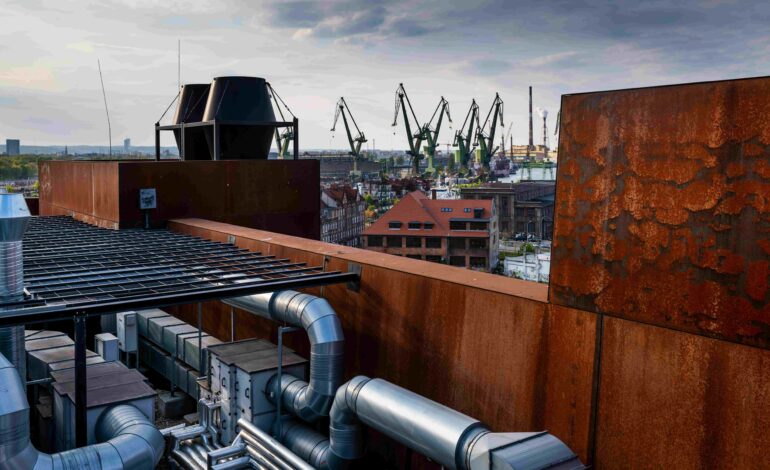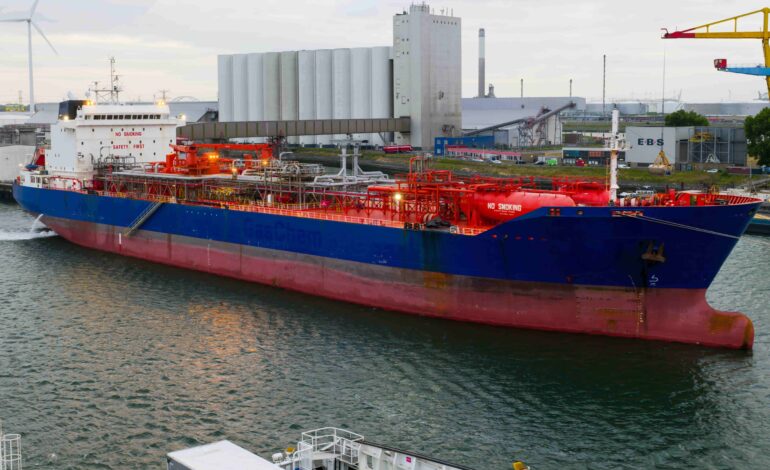
The Role of Shipyards in Bunker Fuel Industry
Shipyards play a crucial role in the bunker fuel industry by influencing various aspects of vessel design, construction, and retrofitting that impact fuel efficiency. This article explores how shipyards contribute to enhancing bunker fuel efficiency and the broader implications for the maritime sector.
Design and Construction Innovations
Shipyards are at the forefront of implementing design and construction innovations that improve bunker fuel efficiency. They collaborate closely with naval architects and engineering firms to develop hull designs, propulsion systems, and overall vessel configurations that minimize fuel consumption. These innovations often include optimizing hull shapes for hydrodynamic efficiency, integrating energy-efficient propulsion systems such as hybrid or LNG engines, and incorporating lightweight materials to reduce vessel weight and improve fuel efficiency.
Integration of Energy-Saving Technologies
Modern shipyards prioritize the integration of energy-saving technologies during vessel construction or retrofitting processes. This includes installing advanced onboard systems like waste heat recovery systems, air lubrication systems, and propeller optimization technologies. These technologies help maximize energy efficiency by harnessing waste heat, reducing drag, and enhancing propulsion efficiency, thereby lowering overall bunker fuel consumption during operations.
Retrofitting and Modernization
Shipyards also play a crucial role in retrofitting existing vessels to improve bunker fuel efficiency. They offer services to upgrade propulsion systems, install energy-saving devices, and conduct hull modifications to enhance vessel performance. Retrofitting initiatives may include the conversion to cleaner-burning fuels like LNG, installation of emission control systems, or the adoption of digital solutions for optimizing fuel consumption and operational efficiency.
Compliance with Environmental Regulations
In response to stringent environmental regulations imposed by organizations like the International Maritime Organization (IMO), shipyards ensure vessels comply with emission standards and fuel efficiency requirements. They assist ship owners and operators in retrofitting their fleets to meet regulatory mandates, such as the IMO’s sulfur emissions cap and the Energy Efficiency Existing Ship Index (EEXI). By facilitating compliance through technological upgrades and fuel-efficient designs, shipyards support sustainable practices within the bunker fuel industry.
Training and Skill Development
Shipyards invest in training programs and skill development initiatives to equip their workforce with the expertise needed to implement bunker fuel efficiency measures effectively. This includes training on new technologies, environmental regulations, and best practices for optimizing vessel performance. By fostering a skilled workforce, shipyards enhance their capacity to deliver innovative solutions that improve bunker fuel efficiency and support the industry’s transition towards sustainability.
Partnerships and Collaboration
Successful initiatives in improving bunker fuel efficiency often involve partnerships and collaboration between shipyards, technology providers, research institutions, and government agencies. These collaborations facilitate the exchange of knowledge, research findings, and technological advancements that drive continuous improvement in fuel efficiency practices. By working together, stakeholders in the maritime sector can address complex challenges and accelerate the adoption of sustainable bunker fuel solutions.
Conclusion
In conclusion, shipyards play a pivotal role in advancing bunker fuel efficiency through design innovation, integration of energy-saving technologies, retrofitting services, compliance with environmental regulations, and investment in workforce development. Their contributions are essential in supporting the maritime industry’s efforts to reduce fuel consumption, lower emissions, and enhance operational sustainability. As global regulations and industry standards continue to evolve, shipyards will remain key drivers of innovation in the bunker fuel sector, shaping a more efficient and environmentally responsible future for maritime transportation.





